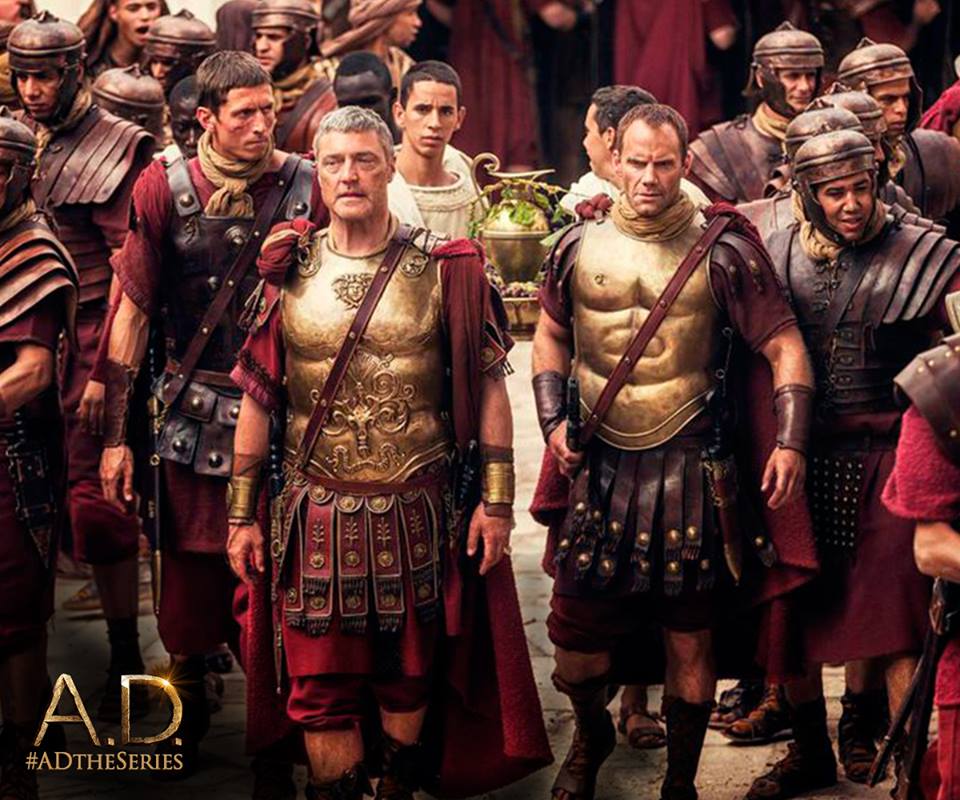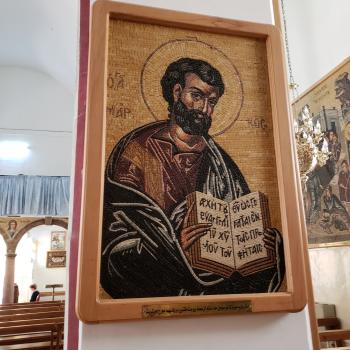The first episode of A.D. starts off with a bang, with the trial of Jesus. Having seen several episodes in advance, I can tell you there are some strong portrayals in this series by the actors playing Pilate, Caiaphas, Peter, Mary Magdalene, Jesus’ mother, Saul, and others. Because the first series is actually only covering a couple of the last chapters in the Gospels, and then a bit more than a quarter of Acts, we are in for some depth portrayals in this series in a way that was not possible with ‘The Bible’ show from Downey and Burnett. In these blog posts we will be reviewing the films thinking through what is Biblical, Historical, Possible
and Fictional.
One caveat is necessary. To do a drama like this one has to fill in the gaps hopefully in ways that illuminate the Biblical stories. These are not verbatim depictions of the stories in Acts, but attempts to faithful provide both the Biblical text, which makes up about 50% of the content, and the broader context to help us make sense of the Biblical stories. As I like to say, a text without a context is just a pretext for what you want it to say.
Under the heading of Biblical is most of the content of the first episode. There is some poetic license taken in the adding of Caiaphas’ wife to the story, but the basis for the depiction of Pilate’s wife is indeed the Gospels, in particular Mt. 27.19. I found the portrayal of Nicodemus interesting and plausible, though it might have been better to have Joseph of Arimathea as the one who confronts the authorities, since Jesus is buried in his tomb. The depiction of the crucifixion itself has one small error in it, namely Jesus was not nailed in the palms of his hands. Crucifixion was done by hammering a nail through the hole at the juncture between the hand and the upper arm, just below the palm. Pilate come across in this portrayal as exasperated and he has some good lines about the heat of the climate and the land’s overheated people. The script writers have done a good job. It is always tricky, and difficult to know what to do in regard to the portraying of the supernatural, in this case the angel or angels who stunned the guards at the tomb, and rolled the massive stone back from the tomb. Zeffirelli preferred a less dramatic approach than we find in A.D. which is in fact more like the way the events are portrayed in ‘The Greatest Story ever Told’.
There was an deliberate attempt by Downey and Burnett to portray the original disciples as an ethnically mixed lot, so for example the Beloved Disciple is a black man, and Mary Magdalene is dark skinned as well, but Peter and Paul and other actors including Jesus appear much more light skinned. The mixture is historically not accurate, but I understand that this has more to do with foreground than background, which is to say it has more to do with the mixed audience of the show, than attempts for historical verisimilitude. In fact, Jesus and his earliest followers were Jews from Galilee and Judaea and as such would have been neither black nor white, but rather the more brown or olive color of most Ancient Near Eastern persons. It is a delicate thing to get the balance right in a drama between portraying the characters in a way an American audience can identify with, and portraying them according to strict historical accuracy. It is possible that a person like Simon of Cyrene, a Diaspora Jew from North Africa, may have been a black man, and more certainly the Ethiopian eunuch was likely to be of that shade of color, but probably not the Beloved Disciple. What is important to bear in mind is that even with the more fictional additions to the story, there is a deep concern to be faithful to the thrust of the original Gospel and Acts stories. The first episode has left us with an empty tomb. The second will provide even more fireworks.

















